Cow, Heal Thyself
Welcome diverse plant communities in your pastures to bolster your animals’ health. Their innate nutritional wisdom will lead them to eat what they need for illness or nutritional deficiencies.
He sat on the edge of a hill, watching the deer’s clay-brown heads nibble across the West Texas plain. While they mostly browsed on typical forbs and grasses, he suddenly noticed the gathering drawn to one particularly prickly plant.
The cool-season, native buckthorn-family lotebush is known for rigid branches with sharp, thorn-tipped ends and extremely bitter berries. It’s not what most would consider palatable or desirable forage.
“They very clearly went directly for it and ate on it for about 10 minutes, got what they needed, and walked off,” Cody Scott says he noticed. “I can’t tell you why they were attracted to that lotebush that day, but I know they had a reason to be consuming it.”
Scott is a research scientist and animal science professor at Angelo State University in San Angelo, Texas. He’s spent a decorated career studying animal behavior, ruminant nutrition and the intricate dance between the two.
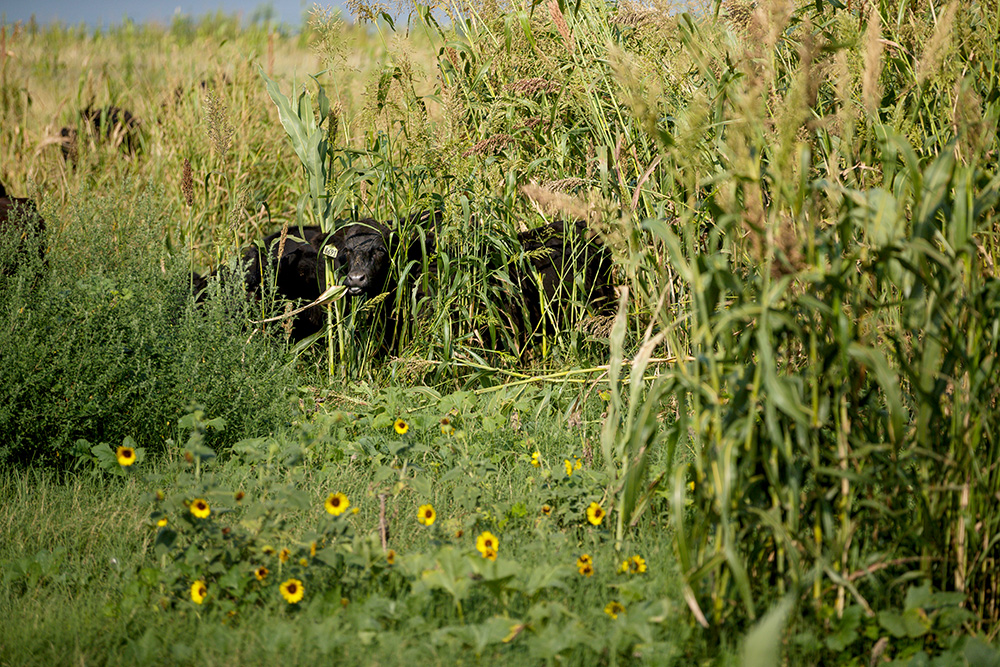
RUMINANTS KNOW WHAT THEY NEED AND SEEK IT OUT
All species, including humans, develop cravings for certain foods, he says. While we might associate ‘cravings’ with some of our guiltiest pleasures in a world surrounded by highly palatable, highly caloric, on-demand food choices, those cravings were once what Scott and other researchers in the field refer to as nutritional wisdom – a body’s innate knowledge of what it needs for nourishment, health and well-being.
He points to documented cases of ruminants consuming a bevy of strange items to rectify nutritional deficiencies. In southern Utah, goats consumed woodrat houses when suffering protein deficiencies. A phosphorus-deficient steer in Spain was observed consuming an entire rabbit. Likewise, mineral-deficient caribou in the Arctic Circle have been observed eating bird eggs and lemmings when facing a mineral deficiency. Many livestock owners have witnessed their cattle chewing on bones, usually a sign of a deficiency in phosphorus or calcium.
“In essence, what tastes good at any particular time is providing the essential nutrients needed,” Scott says. Animals are surprisingly skilled at seeking self-remedy for illness, when given the proper options.
In another research trial, a colleague of Scott’s found that sheep with acidosis quickly detect the necessary difference between water containing sodium bicarbonate – which provides relief – and plain water. If an animal was not acidotic, it preferred plain water.
“Whatever an animal is doing, there’s a reason as to why they’re doing it,” Scott says. “There is a wealth of knowledge still to be discovered in some of the health benefits we can better understand if we really observe their behaviors.”
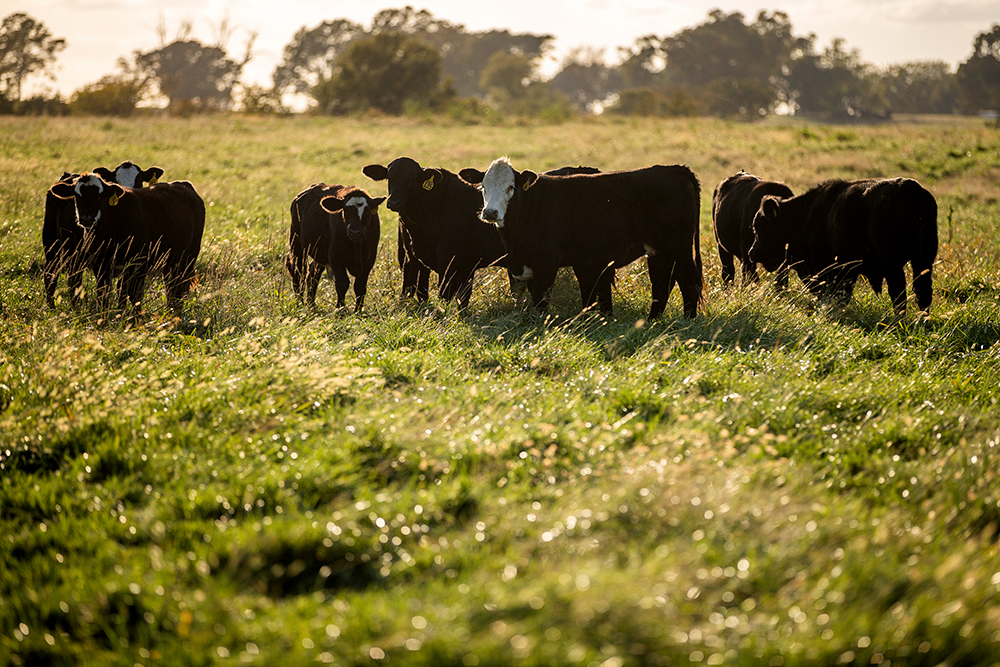
ROLE OF DIVERSITY IN THE DIET
While Scott got to observe directly when the deer zeroed in on prickly lotebush during his hunting scout trip, many livestock managers don’t know exactly what their animals might consume if given the chance, due to lack of observation or a lack of non-standard grazing options. Perhaps more importantly, then, they miss the opportunity to understand why their animals may be seeking particular items in search of nourishment or healing.
When given the chance, livestock will consume 50 or more different plant species in a day. But, Scott says, some plant species are consumed in such small amounts they’re overlooked or have historically been considered inconsequential.
“A cow can be in a pasture with grass that’s belly-deep,” he says, “but if it’s all the same thing, she’ll become satiated on whatever that grass species is and stop eating. Her body tells her, ‘We’ve got enough of this stuff, stop.’”
When livestock are offered a variety of foods to choose from, they’re able to self-select, he says, and will continue to browse.
“They want to take a bite out of this plant that has a little more phosphorus, a bite out of this with more protein, and find all those essential nutrients that may not be fully available in high levels in the primary species they’re consuming.”
A full range of plant diversity that allows this kind of self-selection would include a variety of warm- and cool-season species and would include grasses, forbs and woody shrubs.
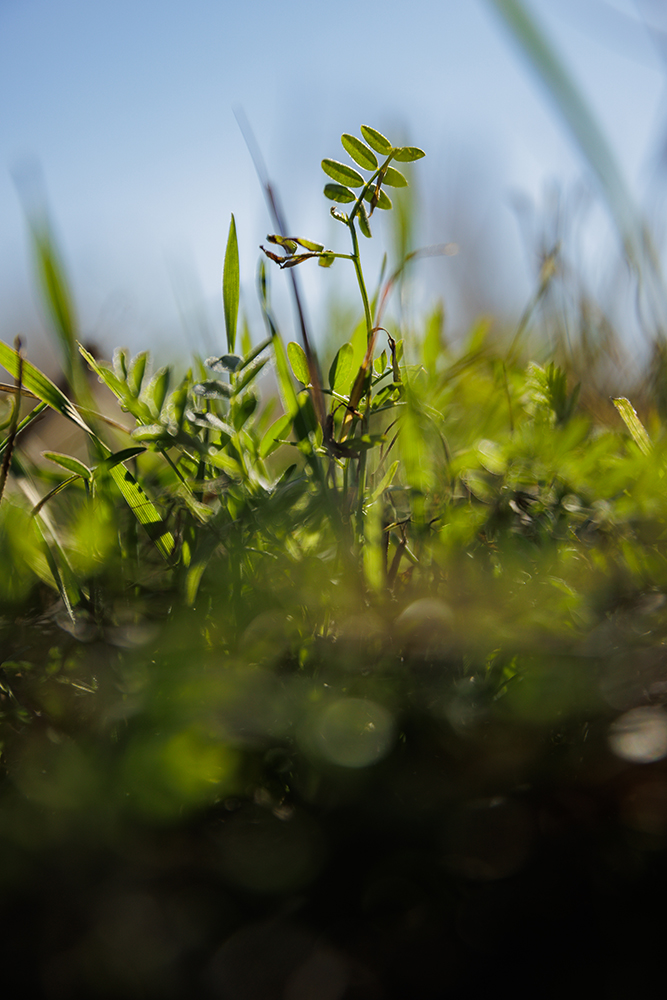
PRIMARY & SECONDARY NUTRITIONAL COMPOUNDS
To understand the role this kind of plant diversity plays in health and nutrition, Scott says it’s important to explore the functions of both primary and secondary compounds (metabolites) produced by plants.
“We typically think about nutrition from the standpoint of primary compounds,” Scott says. These are the proteins, sugars, carbohydrates, vitamins and minerals that meet crucial nutritional needs.
“Secondary compounds were initially considered waste products. We thought of them as those ‘other things’ in plants, and sometimes even the things that caused problems.”
Secondary compounds include phenolics like tannin and flavonoids, terpenes and various alkaloids. These compounds provide a variety of roles for plant health. They help plants protect themselves from bacterial and microbial infection; they help heal and repel damaging predation; and they also attract helpful pollinators, among other valuable roles.
New information and research continue to illustrate the ways these secondary compounds’ helpful contributions to plant health and protection may be realized in the animals that consume them, too.
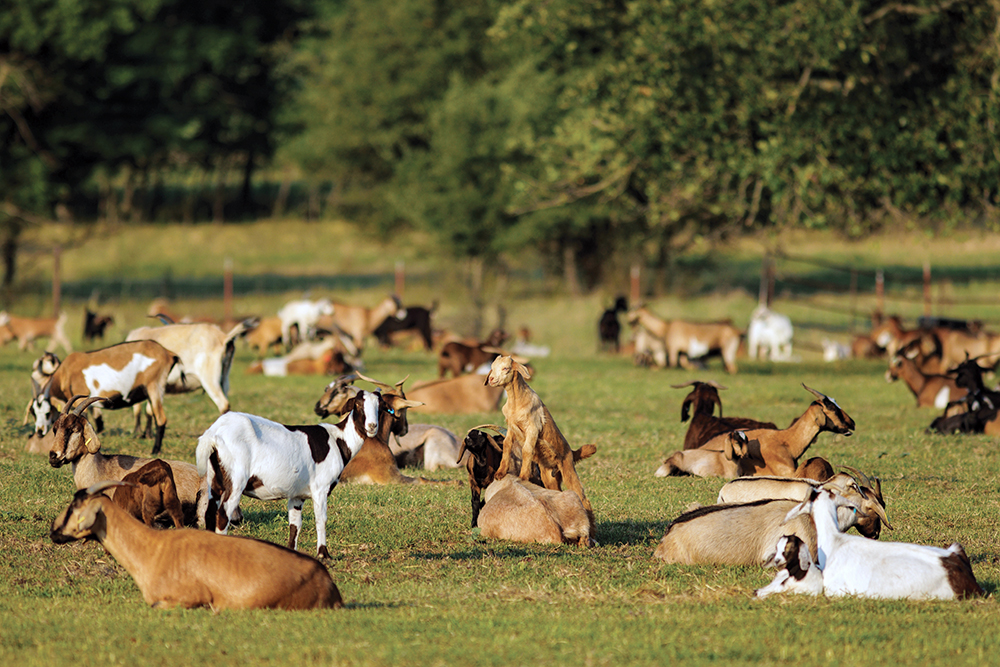
TAPPING INTO TANNINS AND TERPENES
It’s the tannins in red wine that make a glass a heart-healthy option, Scott says, and it’s the tannins in legumes like birdsfoot trefoil and sainfoin that can help reduce incidence of bloat in livestock. Some of Scott’s colleagues are currently testing the impact of tannin consumption on livestock’s response to a modified live vaccine, with positive indications.
Terpenes are the aromatic compounds that occur in the essential oils of plants, giving them their distinct smells – pine, lavender, cedar, sage, bitterbrush, citrus, among others. They offer some plants a defense mechanism against herbivory, and also offer anti-inflammatory, anti-microbial and antioxidant effects for the plants and for those animals which consume the terpenes at healthy levels.
Terpene levels in plants rise and fall seasonally, and grazing livestock can detect those changes. When given a full suite of diverse options, a ruminant will browse its way through a pasture, seeking flavor feedback and noting any adverse reactions, like nausea, that tells them this plant is not safe to eat. As long as the grazing buffet remains full of a bevy of options, a bite or two at a time can deliver a beneficial amount of the available secondary compounds without risk of the animal bingeing to a toxic level.
“The difference between a remedy and a toxin is the dose,” Scott says. “The right dose can mediate lots of problems, and the wrong dose can cause additional problems.”
When plant-induced toxicity occurs in livestock, it’s often due to low plant diversity, improper stocking rates or over/continuous grazing. If her choices are limited, a cow is more likely to return to the potentially toxic plant, even if it offered adverse feedback. She’s still seeking nourishment.
COMPOUNDING THE IMPACT OF SECONDARY COMPOUNDS
The impact of many secondary elements is compounded when ingested in combination, too. In one study, researchers found sheep eating an ‘appetizer’ of bitterbrush increased their intake of sage brush – the tannins in the bitterbrush bound to the terpenes in the sage brush, increasing digestibility.
In another study, goats fed fourwing saltbush increased their intake of the less desirable shinoak, thanks to the combination of secondary compounds. Again, Scott says, the tannins in the shinoak bound up the saponins in the saltbush to increase the digestibility of both. An appetizer containing tannins also improves the digestibility of plants high in alkaloids, like tall fescue.
“What we see is that some of these plant species we might consider of lesser value can play an important role in the animal’s ability to self-select for medicinal purposes or to rectify a nutritional deficiency,” Scott says.
In the right combinations and proper dosages, that also means ranchers could realize value in what they previously viewed as undesirable plant species.
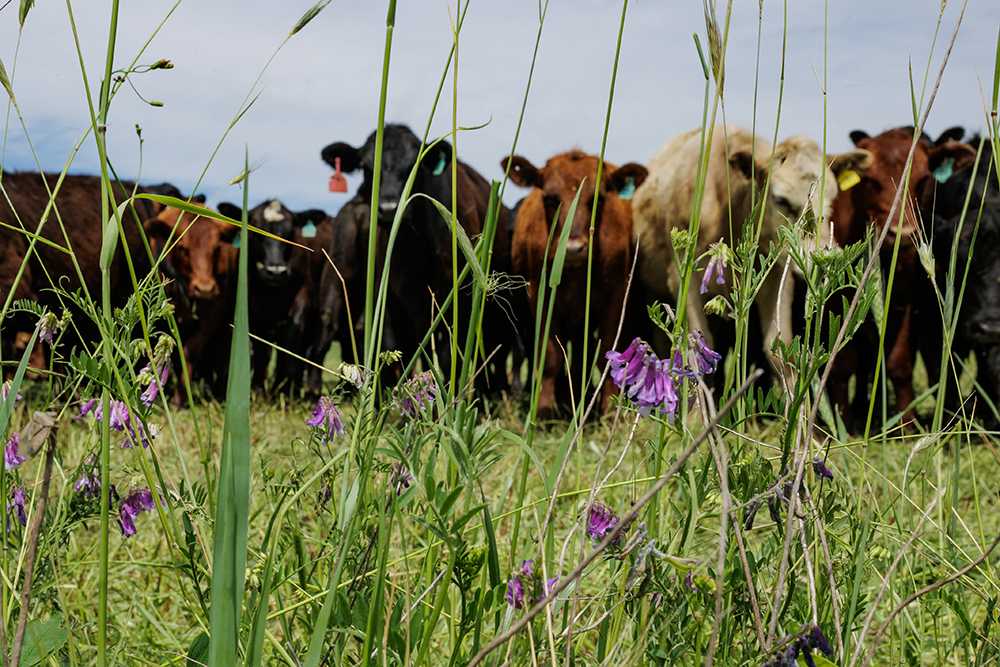
REDUCE COSTS BY INCREASING DIVERSITY ABOVE AND BELOW GROUND
What does it all mean? Scott acknowledges that the largest expense most ranchers incur each year is supplemental feed costs.
“We know that if we can reduce supplemental feed cost, we can usually increase profitability,” Scott says, which means looking for opportunities to utilize every acre, every plant and every opportunity growing in the pasture.
“There is no perfect plant out there,” he says. “There is no singular plant that is going to meet all your livestock’s nutritional needs. It takes a variety to do it.”
If you aim to avoid the expense of trucking nutrition to your livestock, he says the best alternative is to grow the diversity needed to meet their requirements and make the best use of the plants you already have. If you’re accustomed to the pristine look of a uniform monoculture, or if you only desire the most productive grasses out on the native range, consider allowing a few more forbs or woody species to grow and look at home in a natural landscape, he says.
While there are invasive species that certainly need treatment and control through the judicious use of herbicides, mechanical removal and prescribed burning, Scott says reducing the use of herbicides to allow a healthy variety of forbs and shrubs alongside grasses clearly offers nutritional and medicinal value to livestock through an array of primary and secondary nutritional compounds.
“We’re talking about a paradigm shift, to realize that the cow might be a better nutritionist than we are,” Scott says. He’s quick to acknowledge the valuable work of many skilled nutritionists, and still, “we have to remember these animals were somehow able to meet their own nutritional needs for thousands of years without our help.”
That doesn’t mean we should remove our hand from guiding their nutrition today, he says. Rather, it means there is great opportunity in taking the time to slow down, observe deeply and think critically about how we can work with their nutritional instincts.
“Technology helps us out a good deal in the livestock industry, and we can speed through a pasture on an ATV or pickup and be on to the next thing pretty quickly,” Scott says. “But we miss a lot of the detail and value we could be capturing if we were walking through that pasture and observing our animals or riding horseback at a slower pace. A slower pace is not always conducive to our lives these days, but there’s certainly great value in it.”
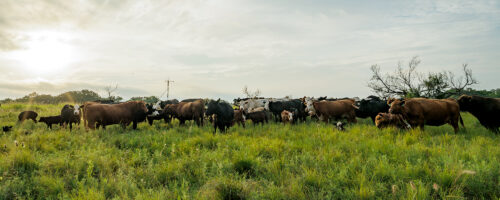
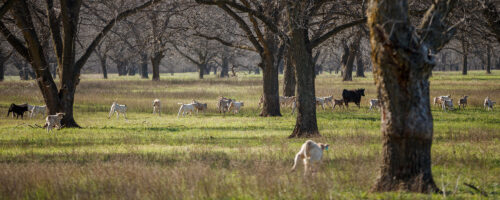
Comment
Leave a Reply
4 comment on: "Cow, Heal Thyself""

Matthew James Hubers
July 31, 2024Excellent article. This certainty would make the case for diversity in any planting designed for grazing such as tame pasture or cover crops.
Bill Legg
July 31, 2024Mornin’ Laura…best overview on this subject that I have ever read…well done!…regards…b.legg
Michael Porter
August 1, 2024Cody and Laura did an excellent job of describing the importance of diversity from a livestock nutrition and health perspective. The article is probably one of the best examples that I have seen. Thank you for addressing this important topic.
The only thing that I would have changed would be to use more photos of healthy, properly grazed, diverse rangeland where the greatest diversity typically exists (at least four of the four of the six photos emphasize planted cover crops, which commonly represent an expensive input and typically have only a small fraction of the diversity present in rangeland).
Noble Research Institute
August 27, 2024You are correct. Cover crops are a way to increase diversity in monocultures like introduced pastures, but healthy, properly grazed and burned, diverse, well managed native range can and should have exponentially more diversity. Thanks for being an observant subscriber.